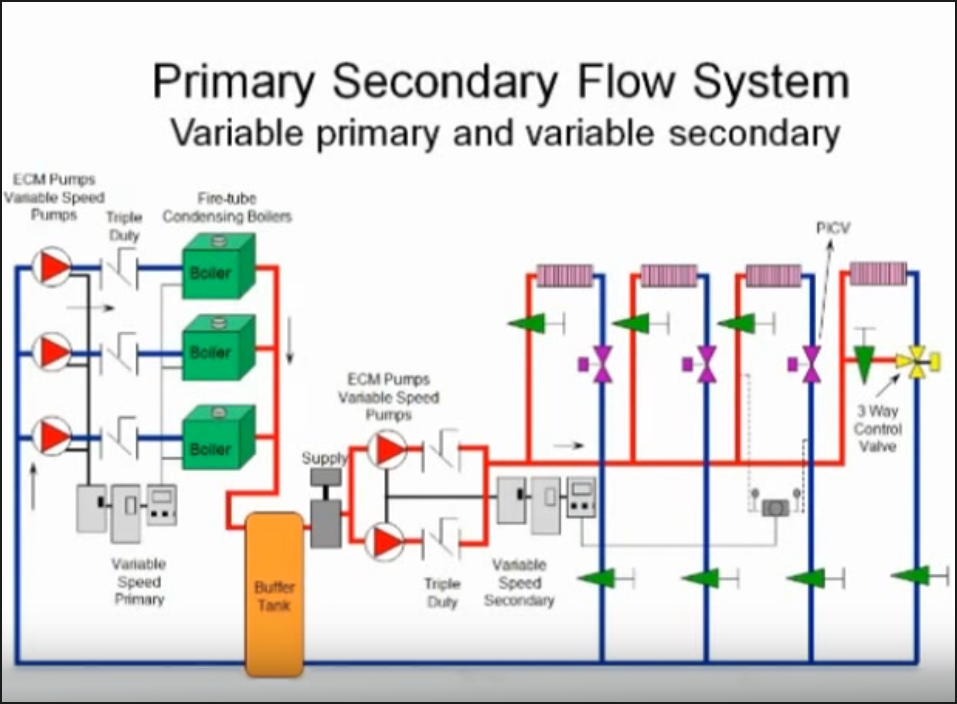Designing Commercial Sewage Lift Stations Part 1: How To Determine Flow Rate
/By Chris Edmondson
Sometimes codes just aren’t very helpful. Take Section 712.4.2 of the International Plumbing Code (IPC) and its insight into the selecting flow capacity for a sewage and ejector pumps:
712.4.2 Capacity. A sewage pump or sewage ejector shall have the capacity and head for the application requirements.
(Thanks, IPC….)
Clearly, having the proper flow is necessary to efficiently discharge wastewater from a commercial plumbing system – but how do you determine the flow rate for the sewage system so you can properly size the pump?


